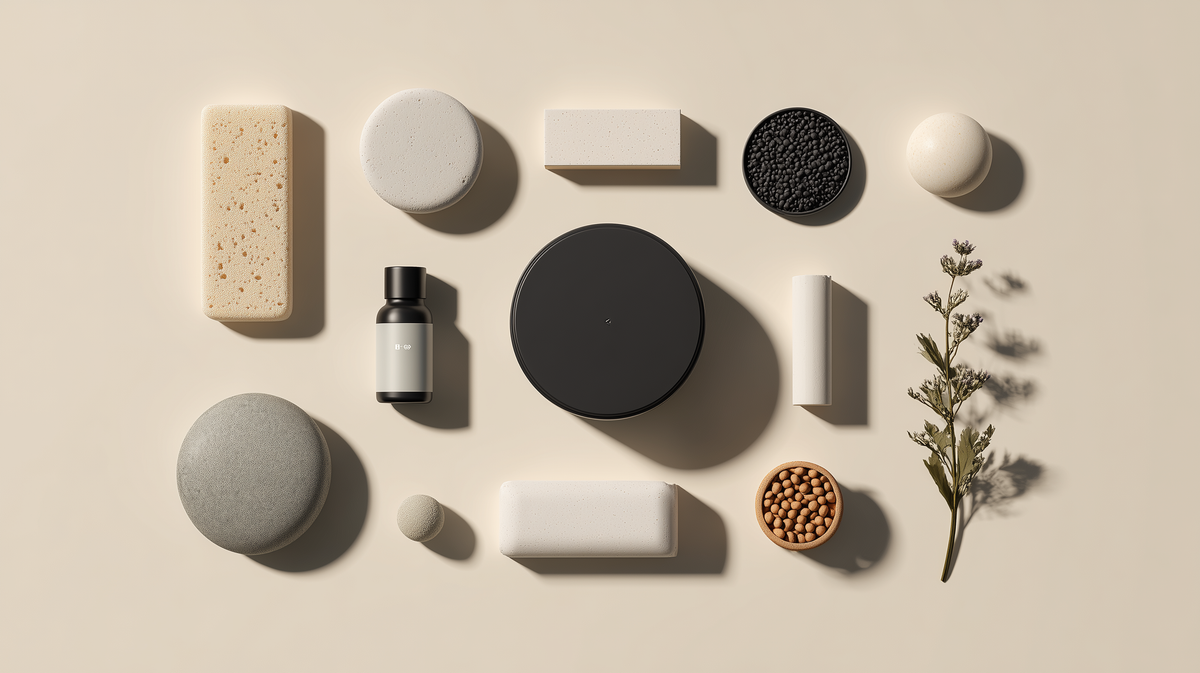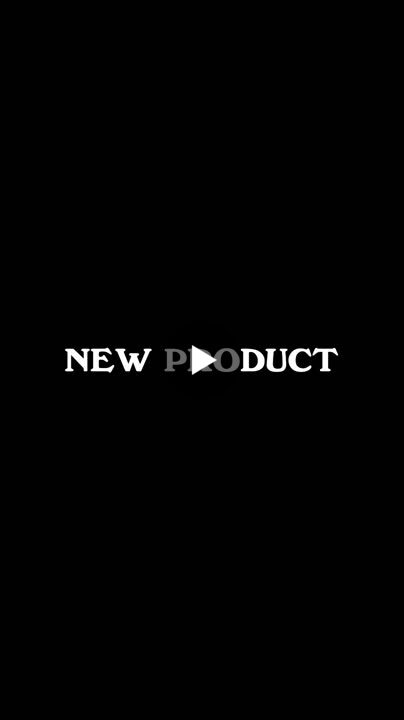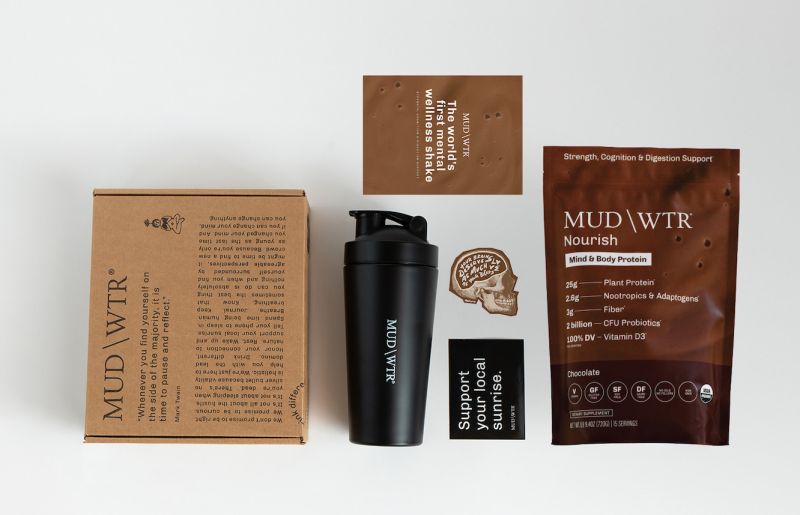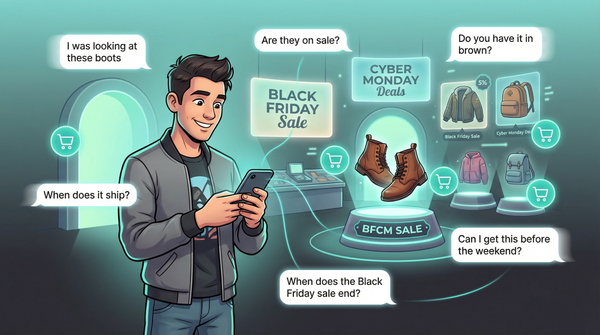Beyond the Hero Product: DTC Brands Chase Growth via Line Extensions

Mid-July might be a slow month for DTC sales, but it’s turning into prime time for product launches. In the last seven days, Shopify-native brands famous for their hero SKUs rolled out major line extensions: MUD\WTR dropped a mushroom-infused protein shake positioned as a “mental wellness” supplement (LinkedIn), Jot launched a protein-packed iced coffee powder (Jot), and Liquid Death announced its first-ever energy drink—100mg caffeine, zero sugar, full irreverence—slated for January 2026 (FoodBev Media).

Operators aren’t doing this for fun. They’re chasing LTV during the summer slump, when e-comm traffic drops ~30% compared to Q4 (Phase V Fulfillment). But the real test? Whether new SKUs deepen loyalty—or just distract from what made the brand work in the first place.
Hero fatigue is real. Extensions are the hedge.
Most breakout DTC brands are built on a single product: a tee, a concentrate, a can of water. But growth plateaus fast when 80% of your revenue rides on one SKU. It’s why brands like Marine Layer—still known for their “perfect” tee—are quietly expanding into pants, outerwear, and lifestyle without letting the hero fade. Their T-shirt category is still expected to outpace total brand growth in 2024 (Business of Fashion).
On the other side of the ledger: Allbirds, who expanded too fast into running shoes and apparel. Excess inventory, discounting, and a muddled brand story followed. In 2023, they admitted the overextension had left them with a “deluge of unsold goods” (Business of Fashion).
It’s not just about brand bloat—it’s executional. Soylent’s attempt at snack bars in 2016 ended in a full recall after reports of customers falling ill (The Guardian).
The bottom line: extensions work when they amplify your core. But they can sink you if they dilute it. Hero products still drive ~30% of brand revenue on average (TikTok). New SKUs should increase retention and order value—not compete for shelf space with what’s already working.
Stick close to the mission—or lose the plot
The July launches that landed strongest all shared one thing: adjacency.
MUD\WTR didn’t pivot to snacks or apparel. It added a protein shake that hits the same wellness-minded buyer looking to replace junk food with something functional. As founder Shane Heath put it: “You might be wondering—why is MUD\WTR… making a protein? Fair question” (LinkedIn). His answer? Customers were already asking for better nutrition—so they built it.

Jot, known for ultra-concentrated liquid coffee, didn’t go chasing matcha. Instead, it launched a protein coffee powder with 25g of grass-fed whey and 170mg of caffeine. It’s literally a new format of what their best customers already DIY’d—protein + coffee in one (Jot).
Liquid Death’s move into energy drinks wasn’t random either. CEO Mike Cessario told press they had data showing customers were “already buying Liquid Death and energy drinks together” (Adweek). Their new product will hit the same audience—but with less caffeine, no sugar, and their signature over-the-top tone.
The pattern? Great line extensions don’t chase trends. They fill in the gaps your own customers already hinted at.
But extensions aren’t plug-and-play. They’re operational hell.
It’s easy to underestimate how much work goes into launching a new SKU. Here’s what founders are quietly wrestling with behind the scenes:
- Supply chain complexity. Jot’s shift from liquid concentrate to powder meant reformulating from scratch. MUD\WTR had to handle protein stability, taste, and shelf life—all new challenges for a coffee-alternative brand.
- Forecasting risk. Miss the mark, and you’re either out of stock or sitting on $100K of dead inventory. That’s what happened to Allbirds, who rolled out too many styles too fast (Business of Fashion).
- Customer education. New formats need hand-holding. Jot’s FAQ now includes instructions on how to mix protein coffee without clumping Jot. MUD\WTR’s announcement post reads more like a blog essay than a product drop—because it had to be.
- Cash flow drag. New SKUs require upfront investment: packaging, co-packing, formulation, testing. If you’re bootstrapped or cash-light, one wrong turn can crater margins.
- Brand risk. One dud product with bad reviews and your best customers lose trust. That’s why extensions have to meet or exceed your original standard—because they affect the whole brand halo.
A new SKU isn’t a side hustle. It’s a second business layered on top of the first.
Investors want platform stories—but with discipline
Done right, line extensions can unlock a stronger narrative for investors. Broader product lines expand your total addressable market (TAM) and support higher LTV per customer. That’s exactly what Levi’s leaned into when it expanded beyond denim—they told Wall Street their extended assortment “increased our TAM” (Levi Strauss & Co.).
Liquid Death is using the same playbook. With its new energy line, it’s no longer just a $2 canned water brand—it’s chasing a $24B U.S. energy drink market (FoodBev Media). That’s platform energy.
But VCs have seen this movie before. Overextension is a red flag, especially in a year where exits are scarce and profitability matters. If the extensions feel desperate—or don’t move the needle—investors will read it as a lack of product-market fit.
The best-case scenario? You prove that customers who buy across two categories (say, Jot concentrate + protein powder) have 1.5x the LTV of single-product buyers (FasterCapital). That’s the kind of metric that turns SKUs into valuation levers.
What’s landing so far?
Early signals are promising. MUD\WTR’s Nourish announcement drew hundreds of comments and nearly 600 likes on founder Shane Heath’s LinkedIn post (LinkedIn). Liquid Death’s teaser for Sparkling Energy earned press from WSJ, FoodBev, and Adweek, well before a single can hits shelves.
For Jot, success will hinge on bundling. Can they get subscribers to add protein coffee to their existing orders? Their “Build Your Bundle” flow is already optimized for cross-sell (Jot), and fitness forums are reacting well to the one-scoop AM solution (Gruppo).
But this isn’t a 48-hour story. We’ll need Q3 and Q4 data to know if these extensions boost AOV, increase repurchase rate, or just create more complexity. The KPI to watch isn’t just units sold—it’s what percentage of customers come back for more than one product.
The takeaway: smarter SKUs, not more SKUs
Line extensions aren’t a silver bullet—but in 2025, they might be the sharpest one left. With acquisition costs up and capital efficiency in focus, increasing share of wallet from your best customers is just good strategy.
The trick is staying focused. Every new SKU should make your hero product stronger, not sidelined. That means staying close to your brand promise, listening to what customers actually want, and launching with operational discipline.
The best operators aren’t launching more—they’re launching smarter.
Subscribe for weekly DTC insights.






